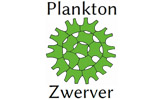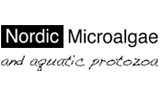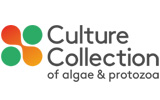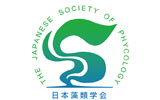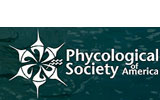Nitzschia buschbeckii Witkowski, Lange-Bertalot & Ruppel 2004
Publication Details
Nitzschia buschbeckii Witkowski, Lange-Bertalot & Ruppel 2004: 583, 584, figs 10–25
Published in: Witkowski, A., Lange-Bertalot, H., Kociolek, J.P., Ruppel, M., Wawrzyniak-Wydrowska, B., Bąk, M. & Brzezinska, A. (2004). Four new species of Nitzschia sect. Tryblionella (Bacillariophyceae) resembling N. parvula. Phycologia 43: 579-595, 93 figs, 4 tables.
Publication date: 30th September, 2004
Type Species
The type species (holotype) of the genus Nitzschia is Nitzschia elongata Hassall.
Status of Name
This name is currently regarded as a synonym of Tryblionella buschbeckii (Witkowski, Lange-Bertalot & Ruppel) Olszyński, D.G.Mann & Ashworth.
Source of Synonymy
Olszyński, R.M., Górecka, E., Trobajo, R., Gastineau, R., Ashworth, M. & Mann, D.G. (2025). Taxonomic review of Tryblionella with special reference to the Apiculatae group—New characters of genus Tryblionella sensu stricto (Bacillariaceae). Journal of Phycology 61: [1–23], 10 figures, 2 tables.
Type Information
Type locality: Davis Sea, Station Mirny, Island of Stroitelei; (Witkowski & al., 2004: 583) Holotype: From rock, 34 m deep; Coll. Witkowski, Institute of Marine Sciences, University of Szczecin; Slide 4016/1 (Witkowski & al., 2004: 583) Notes: Isotypes: Slides CAS 221058; BRM Zu5/ 75.
Eponomy
Named for "...Dr Konrad Buschbeck, in acknowledgement of his contribution to the development of Polish-German scientific cooperation."
General Environment
This is a marine species.
Description
Valves nearly linear, slightly panduriform, with cuneate apices, 26-52 µm long, 6.3-9.3 µm wide. Raphe strongly eccentric, fibulae distinct, 10-12 in 10 µm, the median two farther apart. Transapical striae developed in the marginal part of the valve, finely punctate, 21-24 in 10 µm. The value surface of N. buschbeckii is distinctly undulate, bearing a keeled raphe at one side and a very shallow mantle on the opposite side. The transapical uniseriate striae are composed of round areolae of varying size. The striae adjacent to the distal side are usually composed of several poroids, whereas the opposite side is marked by a single row of relatively large areolae. The areolae of the striae are elliptical externally but slit-like internally. A very broad sternum interrupts the striae and all striae continue on the sternum outer surface as hyaline depressions separated by ridges and warts. The external raphe terminal fissures are abruptly deflected and the interspaces are small circular or elliptical holes. The fibulae are very broad and plain
Habitat
The species has been so far known only from the area of Mirny Station and from Molodeznaja Station, near the Antarctic continent in the Indian Ocean sector. At both localities, samples were collected from fairly deep sites (38-48 m), the substratum being either rock or rock covered with clay
Created: 16 November 2004 by Sandy Lawson.
Last updated: 19 March 2025
Verification of Data
Users are responsible for verifying the accuracy of information before use, as noted on the website Content page.
Linking to this page: https://www.algaebase.org/search/species/detail/?species_id=65894
Citing AlgaeBase
Cite this record as:
M.D. Guiry in Guiry, M.D. & Guiry, G.M. 19 March 2025. AlgaeBase. World-wide electronic publication, National University of Ireland, Galway. https://www.algaebase.org; searched on 26 June 2025
 Request PDF
Request PDF



